- Home
- Machining
- Drilling Holemaking
- Drill Bushings
.....Read More
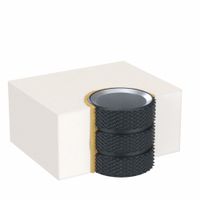
Diamond Groove Drill Bushings (DG)
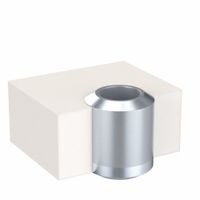
Gun Drill Bushing Inserts (GDI)
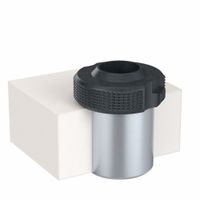
Headed Gun Drill Bushings (GDE)

Headed Gun Drill Liners (GDL)
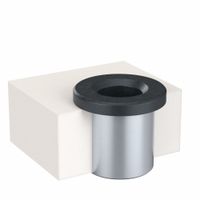
Headed Liner Drill Bushings (HL)

Headed Press-Fit Drill Bushings (H)
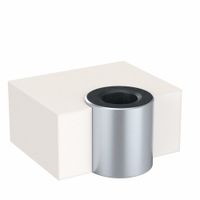
Liner Drill Bushings (L)
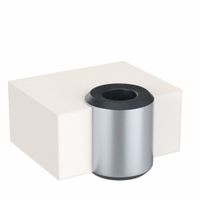
Press-Fit Drill Bushings (P)
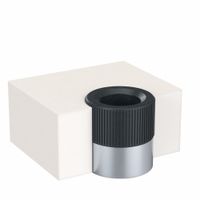
Serrated Press-Fit Drill Bushings (SP)
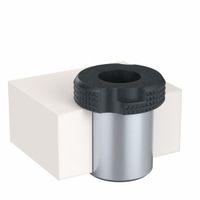
Slip-Fixed/Renewable Drill Bushings (SF)
Frequently Asked Questions
What are the different types of drill bushings and their uses?
How do you install a press-fit drill bushing?
What is the difference between headed and headless drill bushings?
How do you select the right size drill bushing for a jig?
What materials are drill bushings typically made from?
How do you maintain and care for drill bushings to extend their lifespan?
What are the advantages of using slip-fixed renewable bushings in a drilling jig?